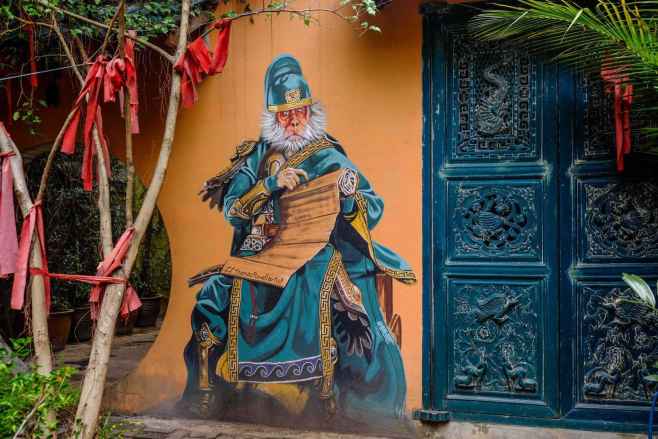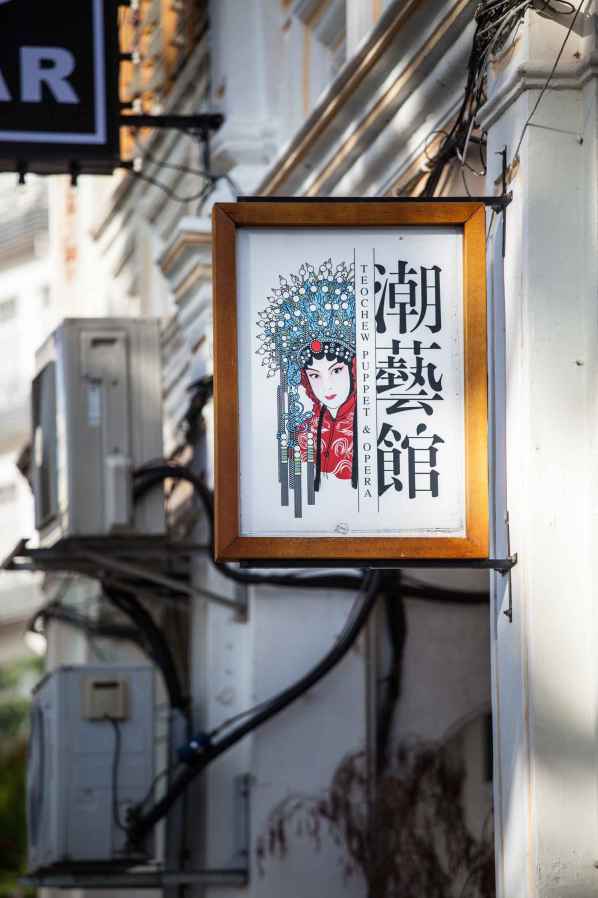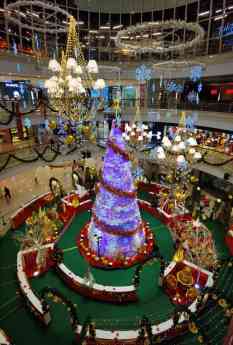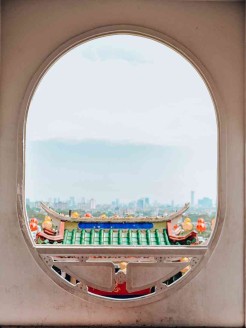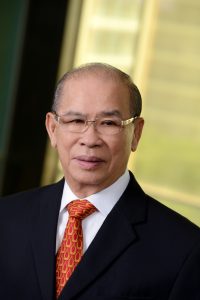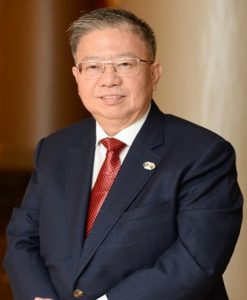HISTORY

Palm tree at beach in Penang, Malaysia
George Town, the state capital of Penang, is one of the oldest and largest cities in Malaysia. It was named in honour of the English King George III who reigned from 1760 to 1820. The island was originally known by native seafarers as Pulau Ka-Satu, meaning The First Island, because it was the largest island encountered on the trading sea-route between Lingga and Kedah. Similarly, the Siamese, then the overlord of Kedah, referred to the island as Koh Maak.
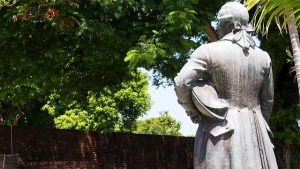
Captain Francis Light
The modern history of Penang began when the island became a British possession in 1786. Francis Light—a captain of the British Royal Navy who founded George Town, was also a trader for the British East India Company (EIC) and received from the company instructions to form trade relations in the Malay Peninsula.
Light subsequently landed in Kedah, which was then a Siamese vassal state. Aware that the Kedah Sultanate was under external and internal threat, he promised British military protection to the then Sultan of Kedah, Sultan Muhammad Jiwa Zainal Adilin II; in return, the Sultan offered Penang Island to the British.
Light founded George Town as a free port to entice traders away from nearby Dutch trading posts. Under the EIC’s administration, Penang served as a trading post for commerce between China and India. The colonial economy also consisted of the spice trade where nutmeg, clove and pepper were cultivated in farms on the island.
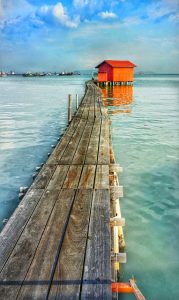
Walkway to the sea
One such colonial plantation was Ladang Buah Pala, which provided living accommodation to its estate workers’ descendants in Kampung Buah Pala right up until 2008. Penang–together with Malacca and Singapore–collectively became the Straits Settlements under British rule; and for a brief period of six years (1826-1832), George Town was the Straits Settlements capital.
Penang became a British crown colony on 1 April 1867, putting it under direct British control. The island remained in British hands until 19 December 1941 when Japanese forces took it over. Revisionist historians have contended that the moral collapse of British rule in Southeast Asia came not with the surrender of Singapore to the Japanese during the second world war but with the covert evacuation of Penang’s European population at that point of history.

A heritage of Penang island
Another interesting historical note is that George Town, during the colonial period, due to the greater level of participation in municipal affairs by its local residents and substantial press freedom, was regarded as being more intellectually vibrant than Singapore. Hence the city became a magnet for well known English and Asian intellectuals and revolutionaries, including Rudyard Kipling, Somerset Maugham and Sun Yat-sen.
Visitors to the city will find Penang’s history not only in its buildings and monuments but also in the community and everyday life of the city which is a rich mix of modernity and turbulent history.
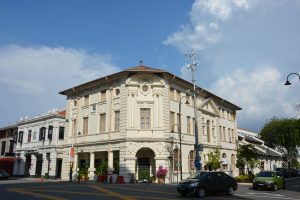
George Town Dispensary Building

